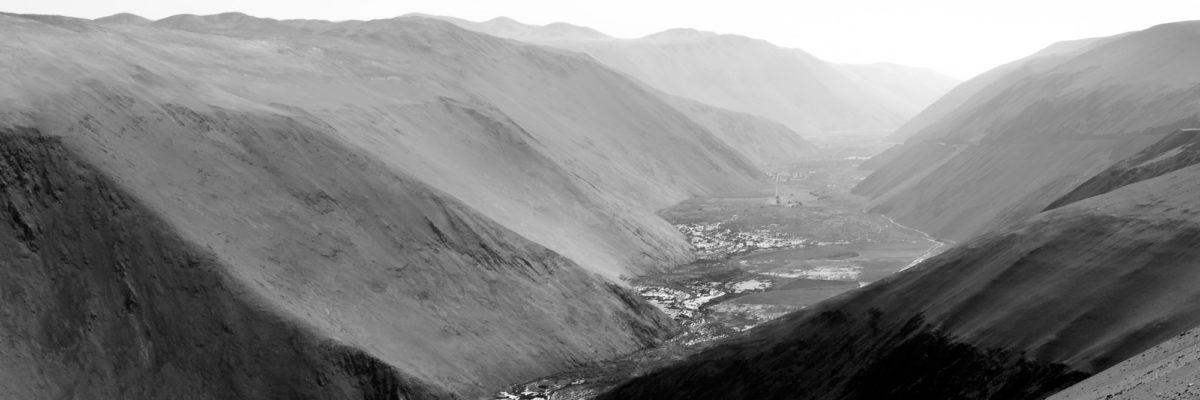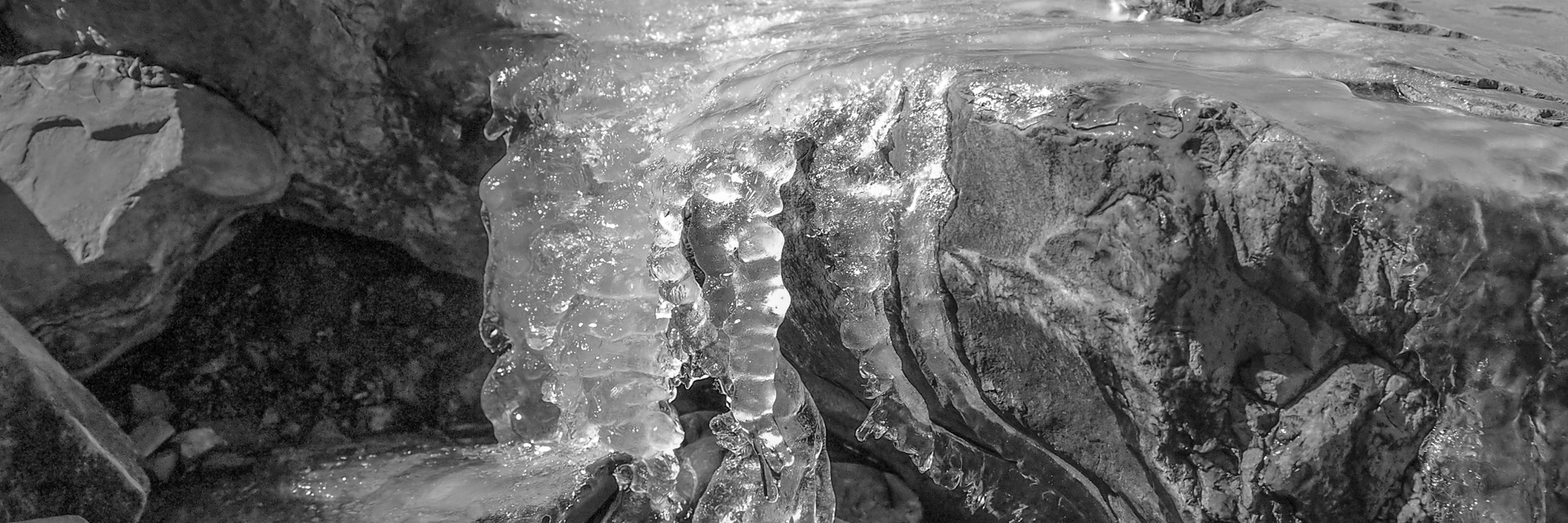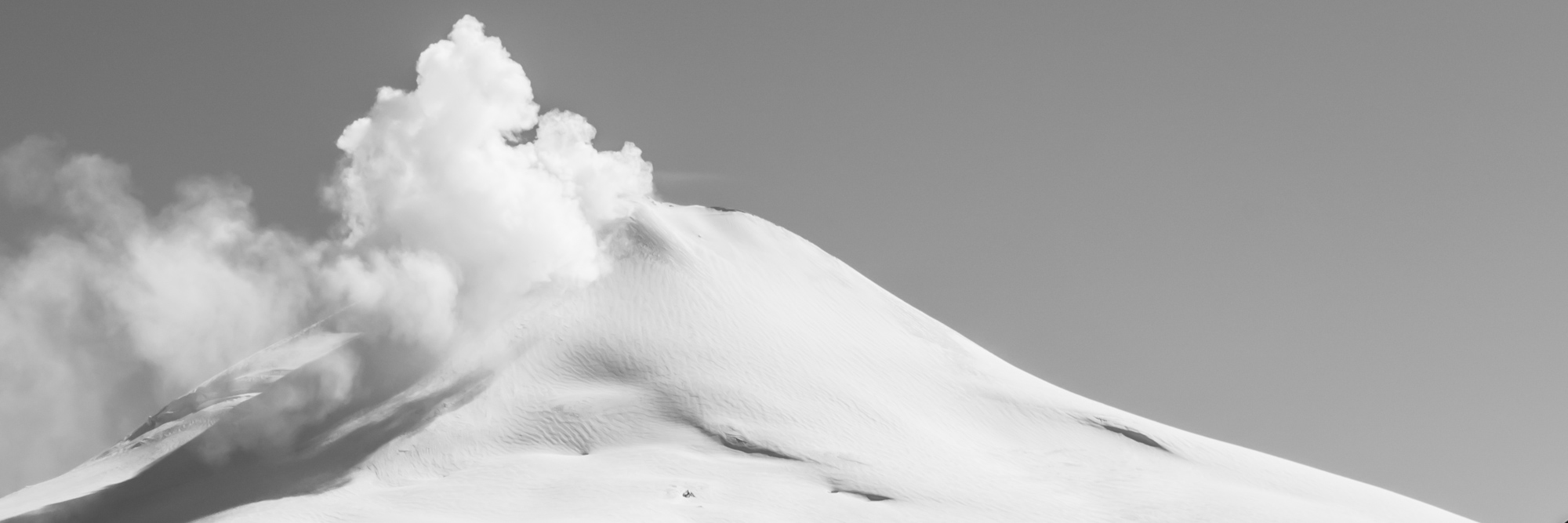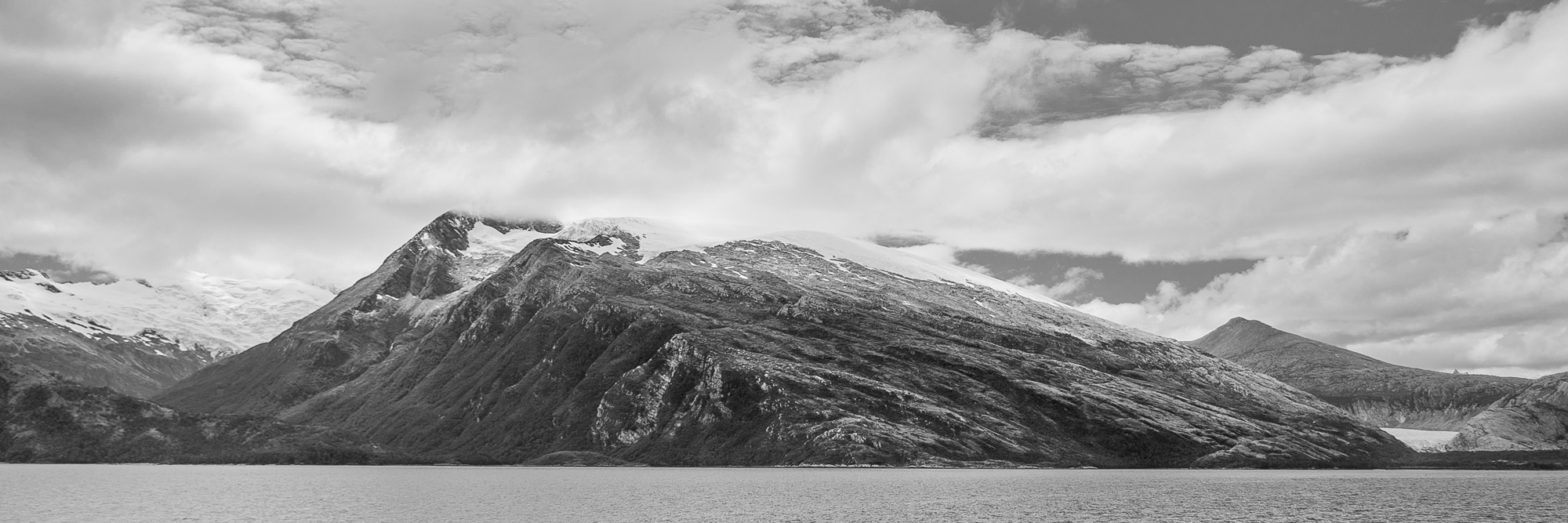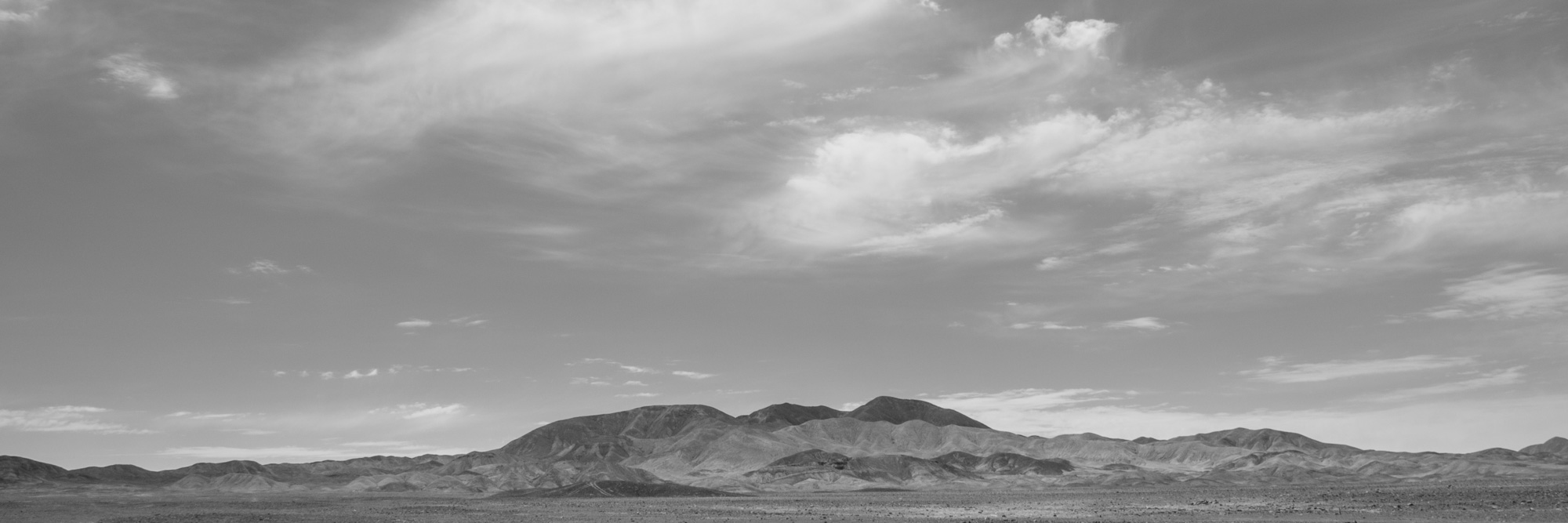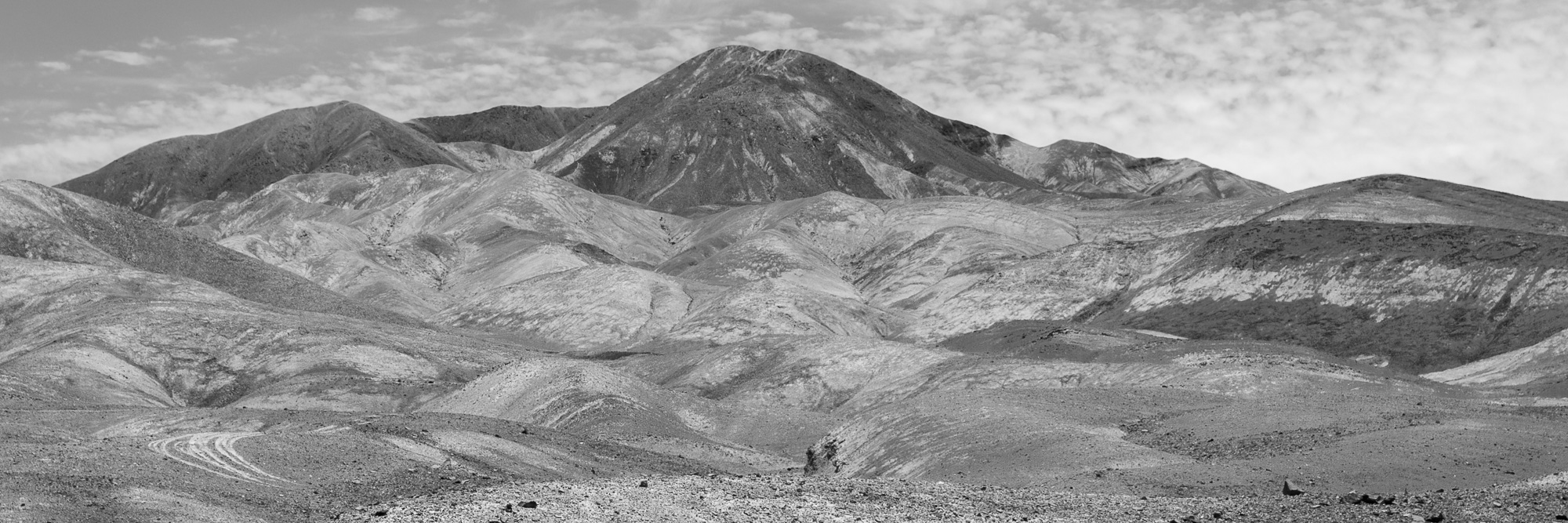Late that summer in the evening sun, pausing to ask permission from the spirits before entering their forest. Climbing the hillside, feet kicking up clouds of dry, powdery soil, the dust hanging in the air. Emerging out into the clearing to survey the trees around us, sizing up the giant seed-cones with their bounties of fruit. Climbing again, this time just one, a lone figure dexterously scaling the tree, the nimble body intuiting the path, instinctive, without hesitation or fear, unfazed by the rough armour of foliage, hard and sharp, unforgiving yet giving to those who know how. Then the sound of rustling from atop, the figure trying to prise loose a seed-cone, premature perhaps, the first of the season. The tree resisting, unwilling to give up its treasures without a struggle. Time passing, the last golden rays of sun fading, the shadows creeping up the mountains across the valley, submerging the rocks and forests and leaving a coolness in the air. [ Continue reading → ]
Category: Archive
Down in the valley, among the verdure, the landscape seems still, immobilised in time. Giant slopes of sterile rock bear down from above, arid, expectant in an epochal wait for rain. Yet carved between the high walls, the valley floor, with its regular crops of alfalfa and corn, is of a different time. The boulders and pebbles that lie scattered across the riverbed stand at rest, a temporary pause on their journey down from the Andean highlands to the sea. These petrified fragments of an immense telluric memory are testament to the youthful vigour of the mountains that bore them, the wave of rock that surged up from the Pacific Ocean to form the Andes.
Some of the stones, no doubt, have siblings way up there, up where the air is thin and fresh, where the snow-capped volcanoes of Isluga and Guallatiri attract giant storm clouds with their magnetic pull. Some of the rocks would have been present in the immense columns of burning ash and debris thrust skywards from the bowels of the Earth to hang suspended in the air by great updrafts of igneous gas, before collapsing in devastating waves that ripped down the mountain slopes with force enough to bury a small country under the volcanic rubble. [ Continue reading → ]
Tracing the flow of Chile’s Mapocho River
It all starts with a glacier, at daybreak, as the lichtsum sun spills over mountain ridges and begins to warm the air. The ice crunches as it starts to awake, slowly at first, melting and expanding, reborn of the long night’s cold. At its feet, the river’s source stands motionless, frozen in time, while further downstream its flow has contracted to a trickle during the night. Yet in just a few hours, with the sun’s slow ascent into the sky, all this will begin to change: the mountain’s hydrography reactivated, the jirbil of melted ice growing to form a trickle, then a steady flow, as the stream starts to fill out its bed, its waters washing gently over volcanic stone. Up here in the altiplano, four thousand metres above the sea, where the valleys level out and rise to fill the spaces between lofty peaks, where the air is keen and fresh, where the mountains climb to touch the sky, glaciers abound; millennial stores of frozen water, each giving birth to its own tributary, like the farmost twigs of a tree, combining to form branches, thin streams of fast-foaming waters, laden with cargoes of minerals, carving white-lightning zigzags into black-rock river beds, running inexhaustibly across rubble-strewn plains and Andean haughs of spindly lemon-yellow grass, descending in successive levels, surely yet imperceptibly, tumbling and gushing through muckle-great boulders strong enough to resist the water’s hiemal flows, down to where the first signs of human permanence can be found, remote farms and ranches, their ramshackle wooden structures scattered across prairies where herds of goats graze under the beating sun, as gradually the river’s branches grow thicker and the houses bunch together in clusters to form villages, the water’s roar steadily rising, now a reaming torrent, passing by these first signs of civilisation that have built up around it, snaking on through the broad expanse of the valley until it reaches its final confluence; passing under a rough concrete bridge, it is robbed of its pure turquoise hue, merging with another course twice its size, swallowed whole by the opaque, chocolate waters.
[ Continue reading → ]
In an article entitled “The Conception of Time in Mapuche Culture” (1987), the Chilean anthropologist María Grebe describes the spatiotemporal orientation of the earth according to the indigenous Mapuche people in the south of Chile. According to the Mapuche, the mapu—or earth (the literal meaning of the name “Mapuche” is “people of the earth”)—is divided into four quadrants whose axes appear, at first sight, to be analogous with the cardinal points of the Western compass: north (piku); east (puel); south (willi); west (lafkén). So far so good.
Yet Grebe also notes that in the Mapuche cosmovision, the mapu is oriented not to the north but to the east, from where the sun rises (tripapan-antü) and the snow-capped Andes lie in the distance, and towards which Mapuche rukas, or houses, are oriented. From this principal bearing, the Mapuche system follows the movement of the sun throughout the course of the day: north (rangi-antü, or midday); west (konün-antü, or sundown); and south (rangi-pun, or midnight). [ Continue reading → ]
Far, far south, at the tip of Latin America, some tens of
thousands of years ago, the retreat of the massive Patagonian Ice Sheet began
to expose the contours of the Strait of Magellan, separating Tierra del Fuego
from the South American mainland. By the arrival of the first canoe people
between 6,000 and 7,000 years ago, the extent of the ice — which would once
have covered the entire tip of southern Chile — had already shrunk
dramatically. Over the millennia that followed, the Yamana, or Yaghan — the
world’s southernmost ethnic group, which once inhabited the Beagle Channel from
the Brecknock Peninsula in the northeast, to Cape Horn in the southwest —
adapted and evolved to live in reciprocity with this wild and unforgiving
landscape, famous for the wrath and unpredictability of its seas. Yet all this
would change in 1520, when the Portuguese explorer Ferdinand Magellan first set
sight on the strait that would go on to bear his name. [ Continue reading → ]
Journeying north from the Chilean capital of Santiago, there is a point, perhaps passing the town of Copiapó, around 27° S, when the vegetation stops and the desert begins in earnest; arid, parched, the land strewn with rocks and rubble. It is an unworldly landscape, one that at first sight would appear to deny the very possibility of human life, but that nonetheless has been inhabited by humans for many thousands of years. Passing the Tropic of Cancer, now around 22° S, as the plane begins its descent into the oasis of Calama, the mining capital of Chile’s Norte Grande, I have a bird’s-eye view of the land, of its terracottas and arenaceous yellows, of the whites of the salt flats, the die-straight roads that cut across the land, the tops of distant volcanoes shimmering in the heat; a mirage, a landscape suspended in time. Touching down on the tarmac, the contrast between the solid black and the buff land from which the runway is carved sticks in my mind. [ Continue reading → ]
In Tristes Tropiques (1955), the French anthropologist Claud Lévi-Strauss remarked on the difference between the landscapes of Europe and the Americas. As Europeans, he observed, whose relationship with the land has been a long and gradual process, we are ‘unacquainted with virgin nature since our landscape is manifestly subservient to man.’ Crossing the Atlantic, however, the situation is different: while there no doubt remain areas—and vast ones at that—where it is possible to appreciate the pristine nature alluded to by Lévi-Strauss, when ‘development’— here understood as the large-scale colonization and industrial usage of the land by humans—had taken place, it had done so to a faster rhythm and on a much larger scale. ‘Either,’ Lévi-Strauss wrote, ‘nature has been so ruthlessly mastered that it has been turned into an open air factory’ or it has been ‘sufficiently inhabited by man for him to have had time to lay it waste but not long enough for slow and continuous cohabitation to have raised it to the dignity of a landscape.’ [ Continue reading → ]

